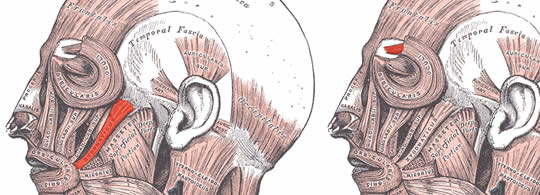Facial EMG: Muscles Don’t Lie?
We talk a lot about EEG measurements for neuromarketing purposes, and occasionally fMRI. We’ve also discussed facial coding, in which expert viewers analyze fleeting facial expressions to detect emotional states. A technique related to facial coding but with some distinct differences is facial EMG. This technology uses electromyography to measure the activity of two primary facial muscles.
How Facial EMG Works
Two major muscle groups are monitored with current facial EMG technology: the corrugator supercilli and zygomaticus major muscle groups. The former is associated with frowning, the latter with smiling. Electrodes are attached to the face to measure the electrical impulses associated with movements of these muscles. The data captured from the electrodes is then processed and analyzed to judge changes in emotional state.
Facial EMG Pros & Cons
Compared to visual observation of fleeting expressions, facial EMG offers the promise of accurate and automated recording of muscle activity. Proponents of facial EMG say it is more precise and sensitive, and that it is capable of measuring even weak emotional states. Even when subjects are instructed to avoid expressing emotion, responses can still be captured with EMG.
Critics of EMG focus on two main factors. First, wiring up a subject with the electrodes is intrusive and may inhibit normal activities and responses. Second, the full Facial Action Coding System (FACS) recognizes 43 facial muscle groups. Facial coding practitioner Dan Hill of Sensory Logic thinks that focusing on just two of those groups can’t be as effective as more comprehensive analysis.
Facial EMG Companies
Firms offering facial EMG services for marketing, advertising, and product evaluation include MSW Research and Gallup & Robinson.
The usual neuromarketing caveats apply here, too, of course. As is the case for other neuromarketing technologies, facial EMG firms have not presented high quality research proving that facial EMG measurements can predict consumer buying behavior. The implicit assumption is that if emotional states can be measured (debatable in itself, as noted above), these reactions can be interpreted to choose or optimize advertising and products.

